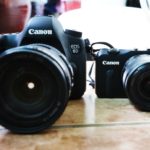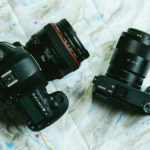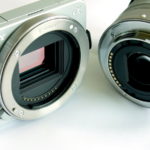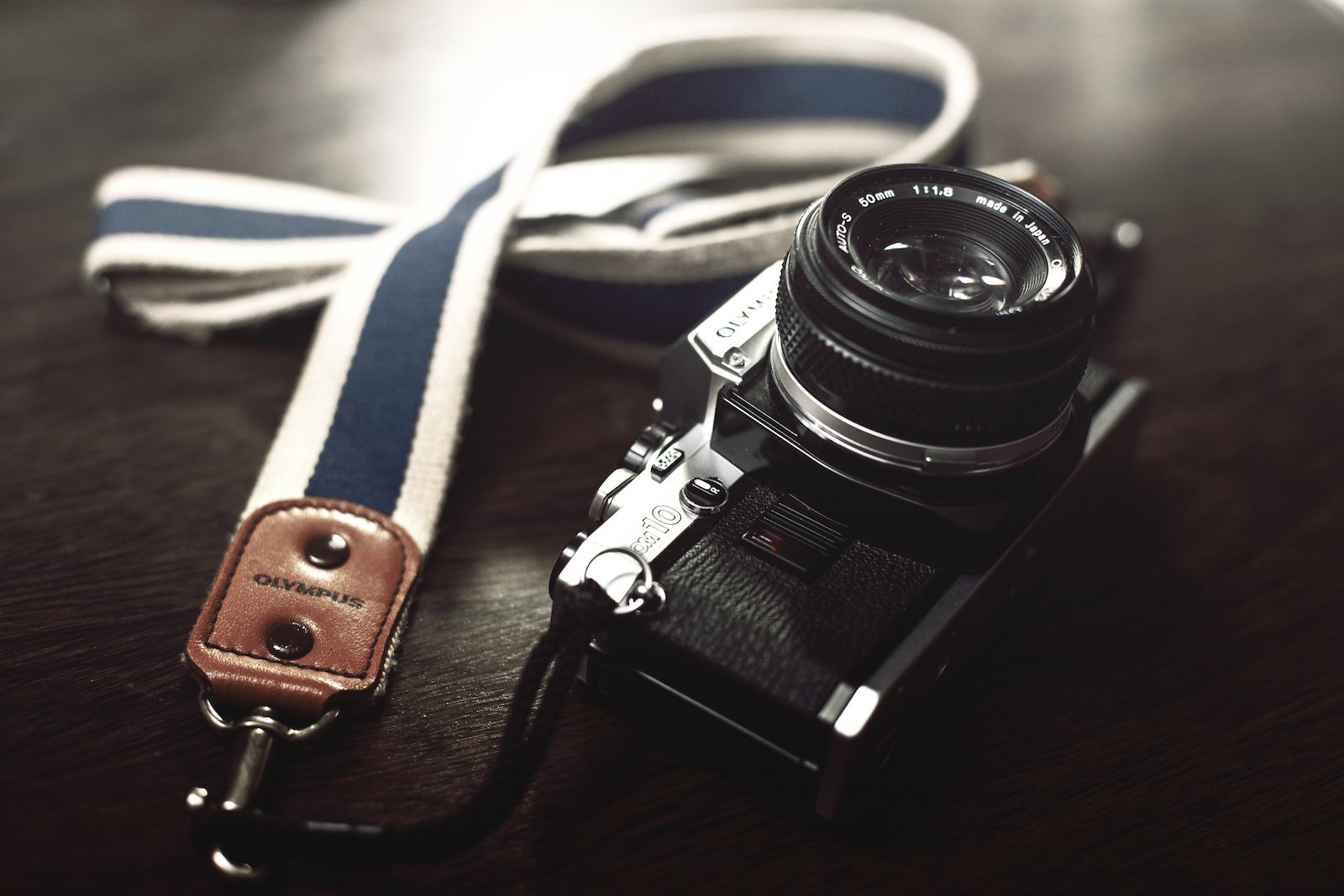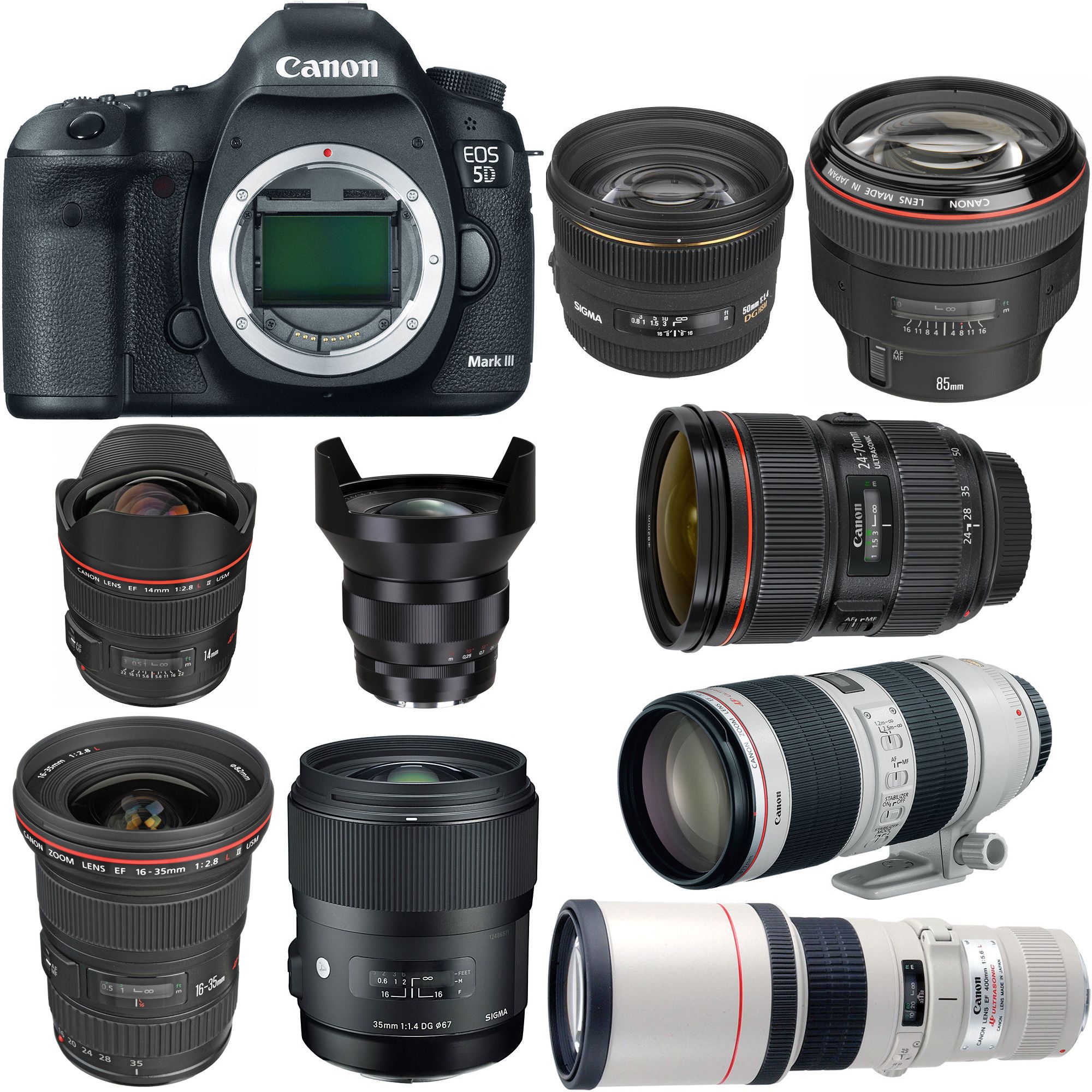How does the camera work?
To understand how a film or digital camera works, you should remember that photography is a drawing created using light. Well, then everything is simple.
The content of the article
How does a camera work?
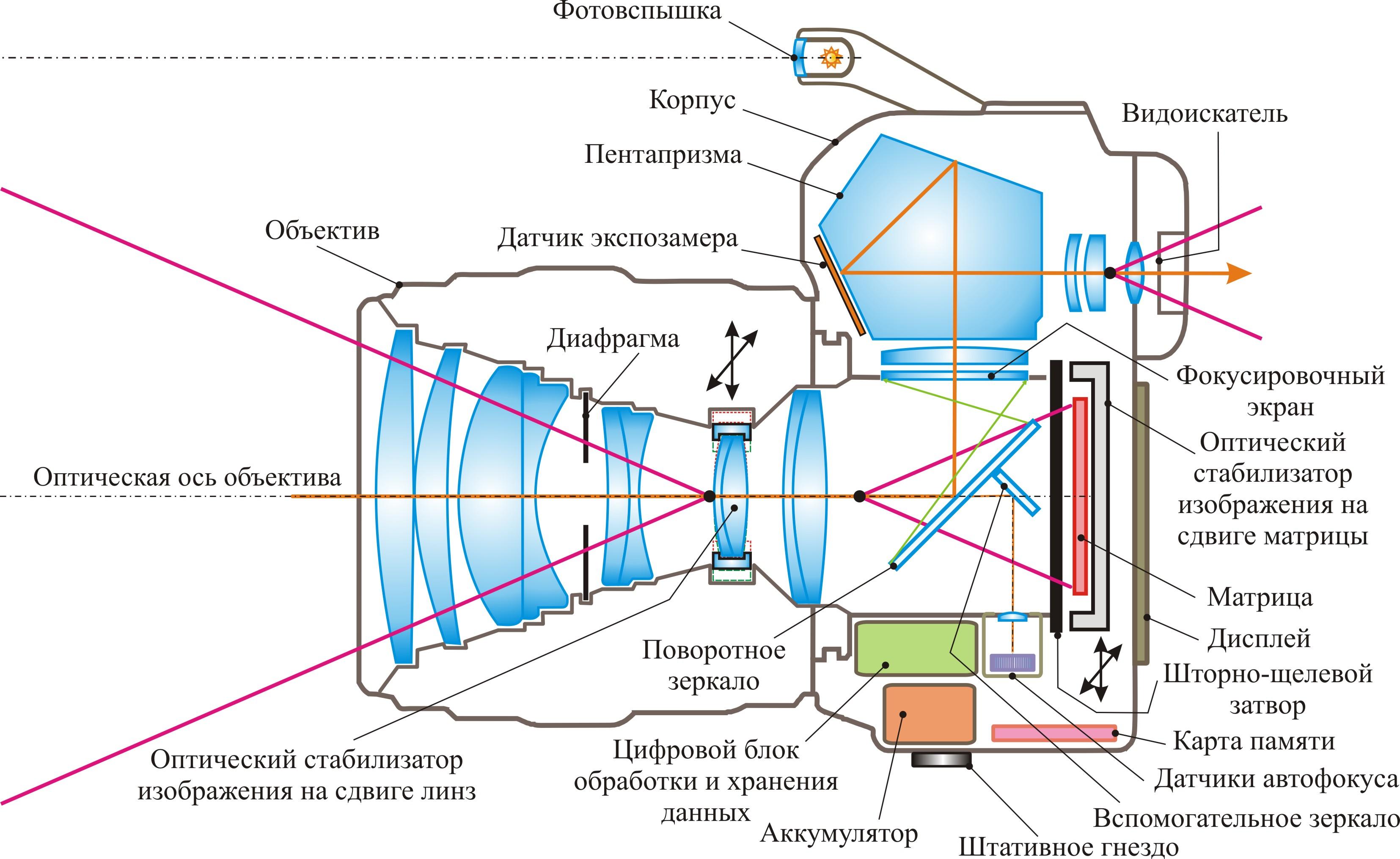
To make it easier to get acquainted with the camera structure, we will follow the same path that light travels. That is, our journey will begin with a lens - a system of lenses, among which is the diaphragm. Lenses are needed in order to direct the flow of rays in the desired direction. And the aperture is to regulate the amount of light that will pass through the lens.
Then the options begin:
- An SLR camera has a mirror after the lens, which redirects most of the rays to a special prism, which refracts them and directs them to the optical viewfinder lens system. That is, the user sees exactly what was captured by the camera lens. No light reaches the shutter located behind the mirror.
- In a mirrorless camera, the rays stop at the shutter. And here again there are options. The shutter can be in the sighting position, then the image from the matrix appears on the digital viewfinder. Or it may simply be closed if we are talking about a separate viewfinder, whose axis is parallel to the axis of the lens, but does not coincide with it.
Behind the shutter is a matrix or film. In the first case, the camera will be supplemented with a digital data processing and storage unit, from which information is transferred to a memory card.And in the second - a film rewind mechanism. That's all for the basic elements.
How the camera works
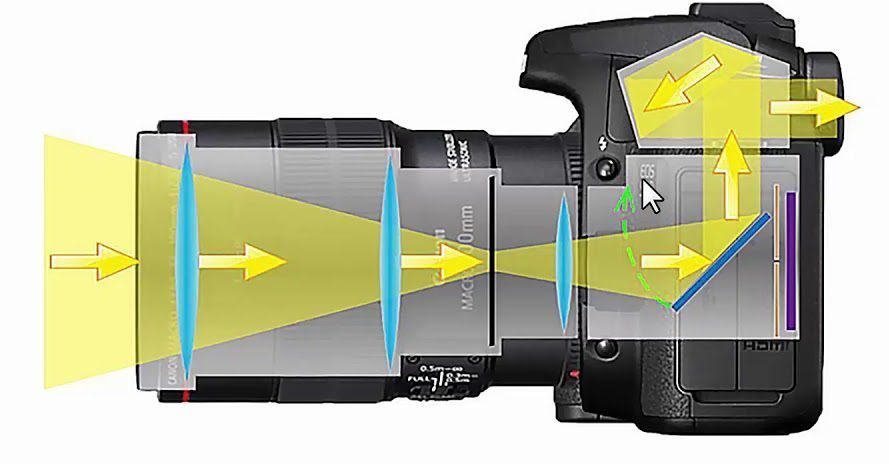
After familiarizing yourself with the camera design, it is not difficult to understand the principle of its operation. In SLR cameras, after pressing the shutter button, the mirror rises, transmitting rays to the shutter, the curtains of which at this moment begin to move.
First, one curtain changes its position, forming a gap necessary for the unhindered movement of light captured by the lens. And then the second, which, adjacent to the first, again blocks the path of the rays.
The interval between the shutter curtains starting to move is called exposure.
In mirrorless digital cameras, after pressing the shutter, the shutter closes from the sighting position and then makes an exposure. And on mirrorless film cameras, pressing the shutter immediately sets the shutter curtain in motion.
The rays that escape from the lens when the shutter is released fall on the film or matrix. In the first case, this leads to the formation of an imprint on the photosensitive coating, after which the film rewind mechanism is started.
In the second, the photosensitive elements of the matrix capture light, convert it into an electrical signal and transmit it to the camera processor. Then the image is transferred to the memory card as an electronic file. That's it, the picture is ready and you can start capturing the next successful shot.

